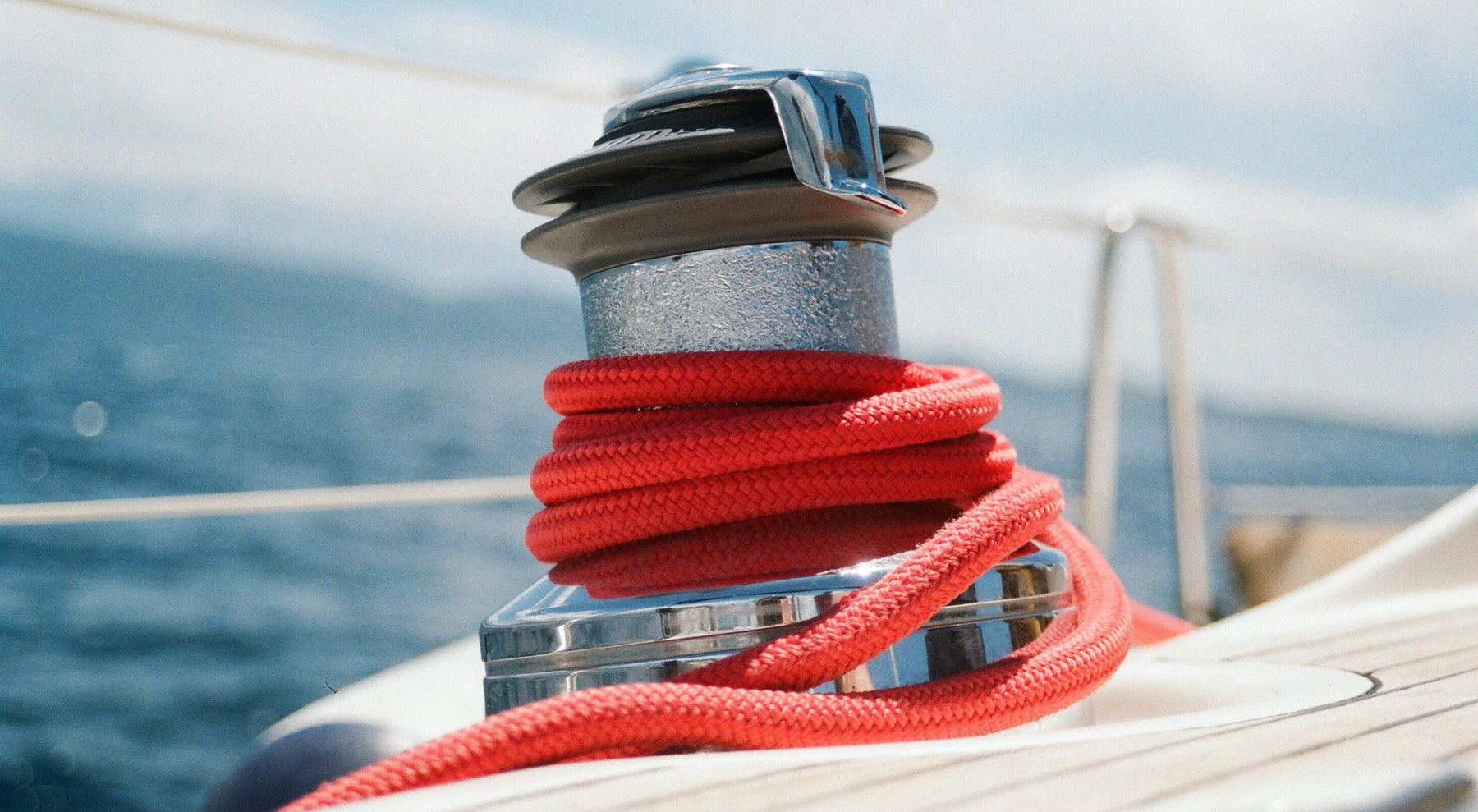Dock lines are your boat's lifeline when at the pier, ensuring that it stays safely moored under various weather conditions.
When it comes to boating, having the right equipment is crucial for ensuring safety and security on the water. One of the most important components in this regard is your dock lines. These unsung heroes of the maritime world may not get as much attention as your sails or engine, but they play a vital role in keeping your vessel secure at the dock. In this blog, we'll explore the best types of rope for dock lines, as well as delve into the significance of splicing and whipping, two essential techniques every boat owner should know.











Leave a comment